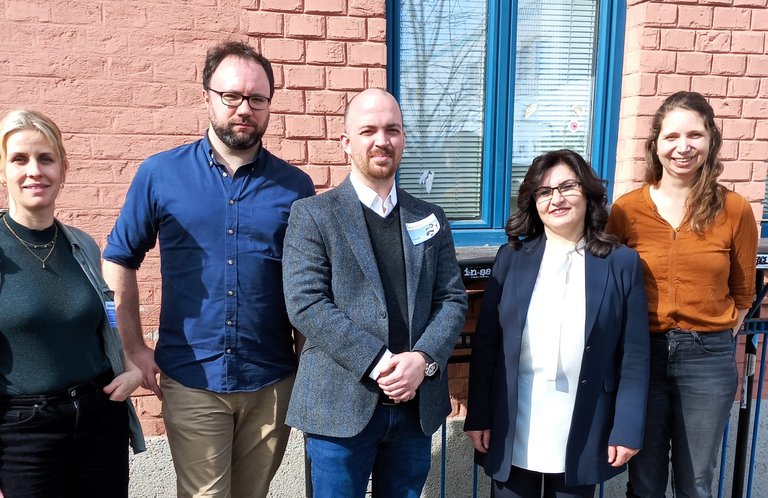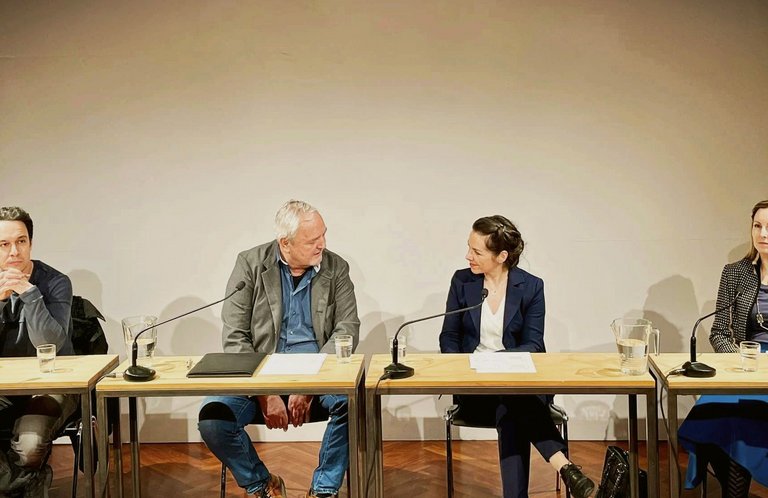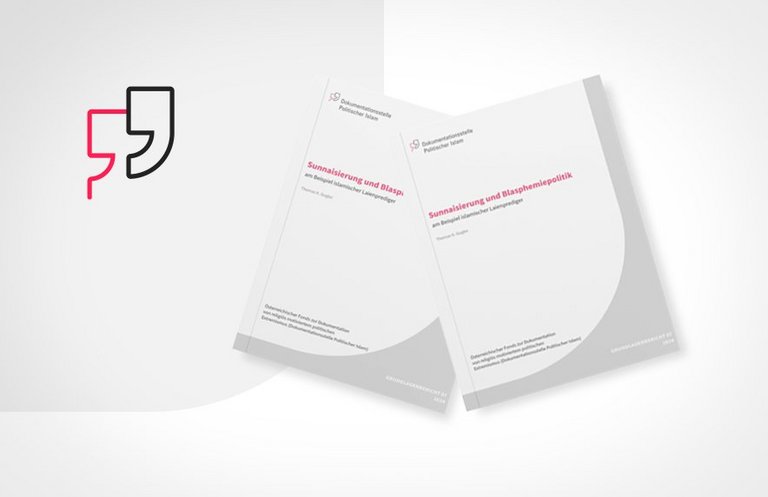Detail News

Theocracy and Twelver Shi’ite Islamism
The current report deals with the development and ideology of an Islamist current within the second largest denomination in Islam.
Since September 2022, the ongoing wave of protests in Iran has increasingly focused public attention on the Teheran leadership and its ideology. The Austrian Fund for the Documentation of Religiously Motivated Political Extremism (Documentation Center Political Islam) now presents a general report on political Islam in the Twelver Shi’ah, mapping the significance and origins of the phenomenon. The publication analyses the development of Twelver Shia Islamism, particularly in Iran and Iraq.
The Shiite Islamist theocracy with the “rule of the jurist” has been inserted in Iran since the revolutionary year of 1979 and continues to shape the social order to this day. Grand Ayatollah Ruhollah Khomeini played a key role in establishing this theocracy and exercised almost unrestricted power in the Islamic Republic as “Supreme Leader” from 1979 until his death in 1989. His influence shaped this Islamist current beyond the country’s borders. Since 1989, Ali Khamenei has held this powerful dual function as political and religious leader. One consequence of the system is a blurred separation of state and semi-state institutions and the Islamic Republic’s transregional religious network. Iran’s democratic institutions, although formally present, are systematically limited by the office of the Supreme Leader.
Rejection of Western democracy
Khomeini’s ideology, despite its sectarian orientation, is considered a pan-Islamic aspiration beyond the Twelver Shiite region. Western democracy has been rejected by Iran’s leadership since the 1979 revolution. The United States is referred to as the “Great Satan” and Israel as the “Little Satan”; both are considered main enemies. To this day, the Tehran leadership pursues Khomeini’s anti-imperialist, anti-American and anti-Israel objective of “Islamic resistance” with the “liberation of the Islamic world” from the “Western oppressors.” Iran advanced to become a regional power with ambitious aspirations for hegemony, shaping various parties, associations and countries with varying degrees of intensity, from mere assistance to direct influence. As part of the so-called “axis of resistance,” it supports Hamas, which the EU classifies as a terrorist organization, in the Gaza Strip, as well as other Islamist groups in Iraq, Yemen and Lebanon, such as Hezbollah.
Influence abroad
The far-reaching arm of the Iranian leadership also uses soft-power instruments, such as the anti-Israel “Al-Quds Day” launched by Ayatollah Khomeini, which has also been held repeatedly in Western countries. Through outposts, such as foundations or religious centres, the Islamic Republic attempts to exert influence in the cultural and religious spheres as well as in the educational sector. In Vienna, there is the Imam Ali Center (IAZ), visited in the past by high-ranking Iranian politicians during their stays in Austria. Among the better-known institutions in Europe is also the controversial Islamic Centre Hamburg (IZH).




